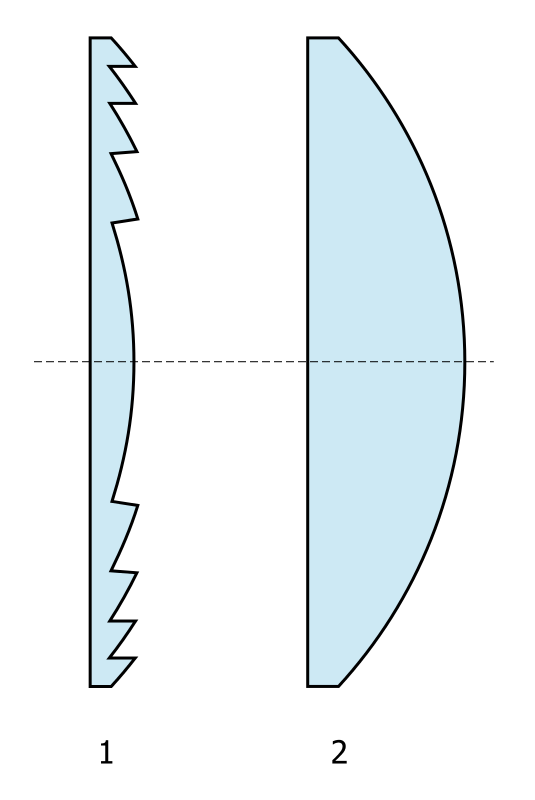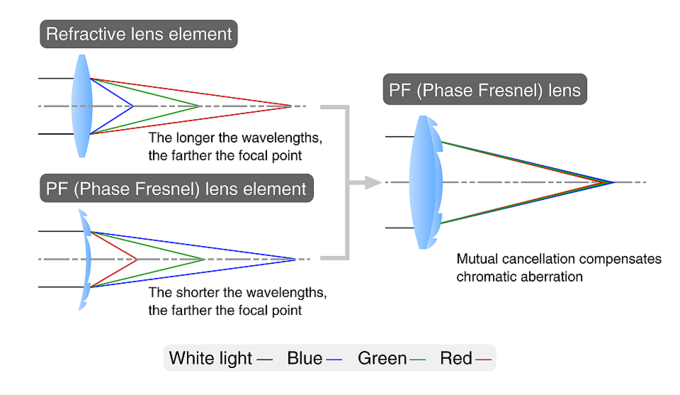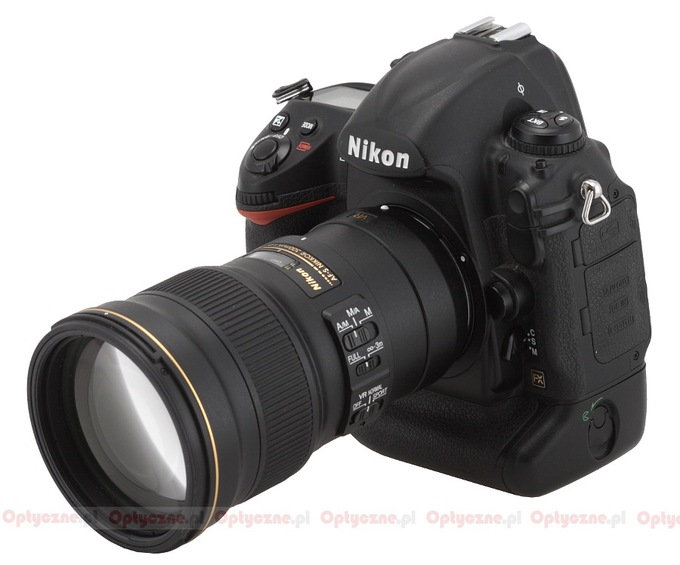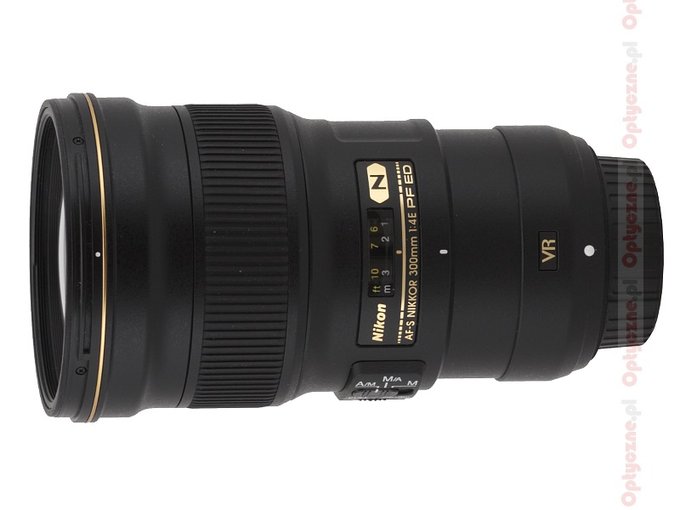Nikon Nikkor AF-S 300 mm f/4E PF ED VR
1. Introduction
The technology called by Canon DO (Diffractive Optics) still suffered from several childhood illnesses. Unwanted bending of light on diffraction elements made the images less sharp than those produced by classic lenses. Additionally the performance against bright light left a lot to be desired: the diffraction gratings construction combined with ordinary elements didn’t fare well in that area. Still an undisputable asset of DO lenses was their low weight and small physical dimensions. Their disadvantages mentioned earlier and a steep price, connected to employing a new, complex technology, didn’t make them very popular on the market.
As a result we had to wait as long as 10 years for the next launches in this segment. Only in September 2014 Canon finally showed the EF 400 mm f/4 DO IS II USM model. What’s interesting, six months later Nikon launched the Nikkor AF-S 300 mm f/4E PF ED VR which, at first glance, seems to be another product connected to the implementation of similar technology.
Please Support UsIf you enjoy our reviews and articles, and you want us to continue our work please, support our website by donating through PayPal. The funds are going to be used for paying our editorial team, renting servers, and equipping our testing studio; only that way we will be able to continue providing you interesting content for free. |
- - - - - - - - - - - - - - - - - - - - - - - - - - - - - - - - - - - - - - - - - - - - - - - -
Nikon, contrary to Canon, don’t say anything about diffraction technology but about using a Fresnel lens (PF, shortening of Phase Fresnel). Such lenses are usually found in lighthouses or studio continuous lighting; they allow you to construct optical instruments which very small dimensions compared to their effective focal length. The picture below emphasizes the main asset of Fresnel lenses.

You see a comparison between a Phase Fresnel lens (on the left) and a traditional lens (on the right) of equivalent power. The huge difference in the amount of glass needed to produce both of those sticks out at once. Small wonder that the devices produced with the help of the new technology can be truly lightweight when compared to their traditional equivalents. Still the physical weight is just one part of the issue. The usage of thick elements results in chromatic aberration problems and causes losses of light which is absorbed by glass. Fresnel lenses allow you to avoid it – as a result you can produce a small, lightweight instruments with a significantly big focal length and a good chromatic aberration correction.
This picture, taken from the Nikon Internet site, shows how a Phase Fresnel lens combined with an ordinary lens can cooperate in fighting the chromatic aberration. It’s worth noticing that the color (wavelength) and image formation order are reversed in the Phase Fresnel lens as compared to a classic lens. Only by combining both of those elements you are able to reduce that aberration to a very low level by mutual compensation.
 |
What is the main difference between the technologies implemented by Canon and Nikon, though? Canon doesn’t use the ‘Phase Fresnel lens’ term one single time; they call their technology ‘Diffractive Optics’. It is in perfect accordance with the actual state. The height and pitch of concentric grating of optical elements, showed in their pictures, is as big as the wavelength of falling light. As a result there is no refraction process going on but light diffraction exactly. That’s why in the Canon official materials they never employ a term ‘Phase Fresnel lens’ - they use ‘Diffractive Optics’ instead.
Nikon don’t use a classic Fresnel lens. Their lens consists of a set of small concentric sections, visible under the microscope; the light refraction process can be observed there, not diffraction.
The new technology is so promising that we couldn’t wait to test it in practice. We would like to thank the Nikon Poland company for making the lens available to us for testing purposes very quickly. We also would like to thank Marcin Szczurowski for his help with this test.
 |







